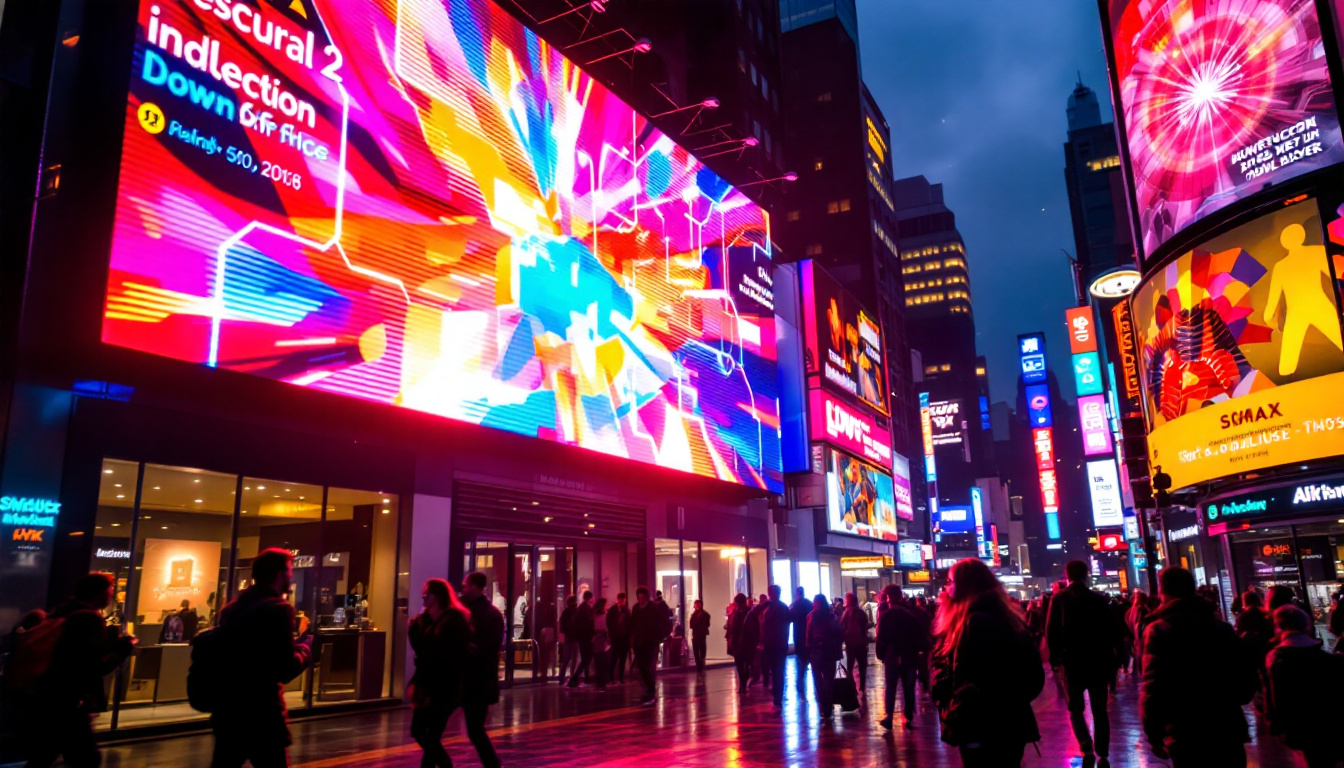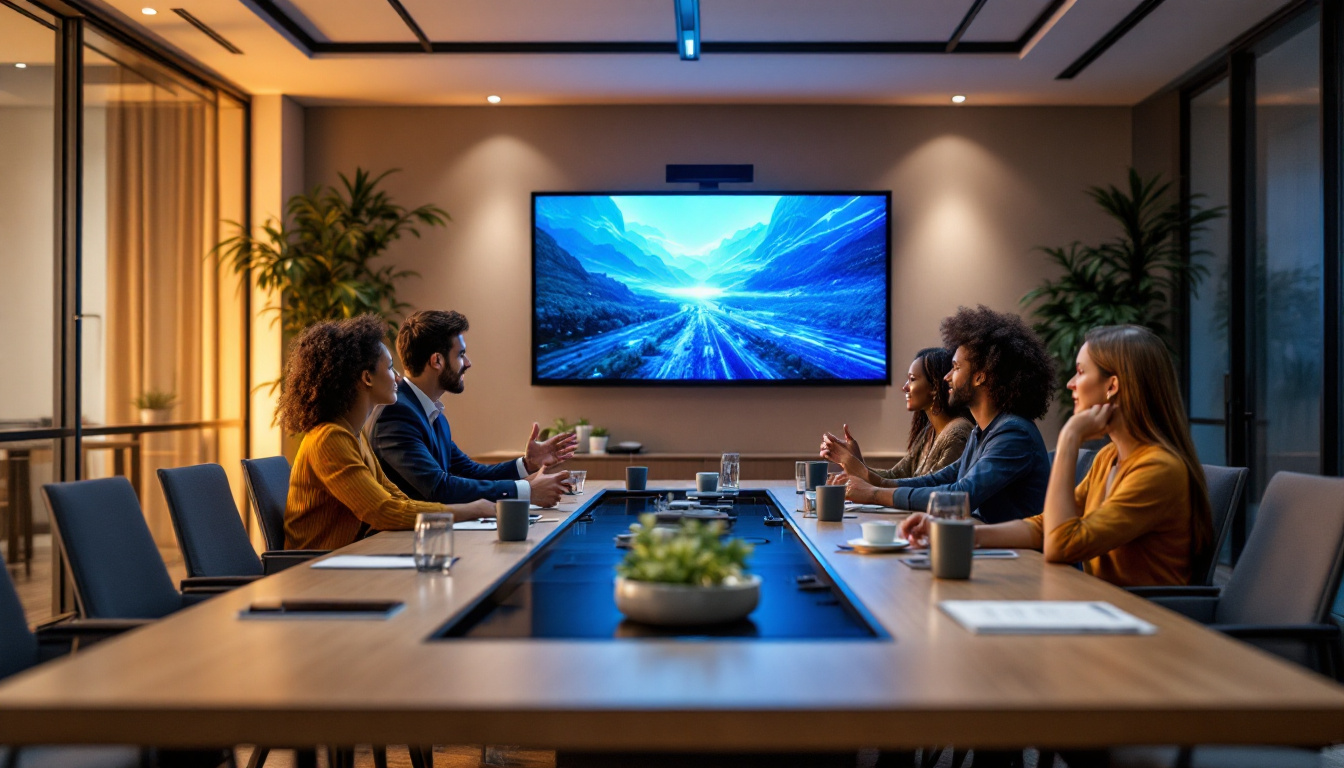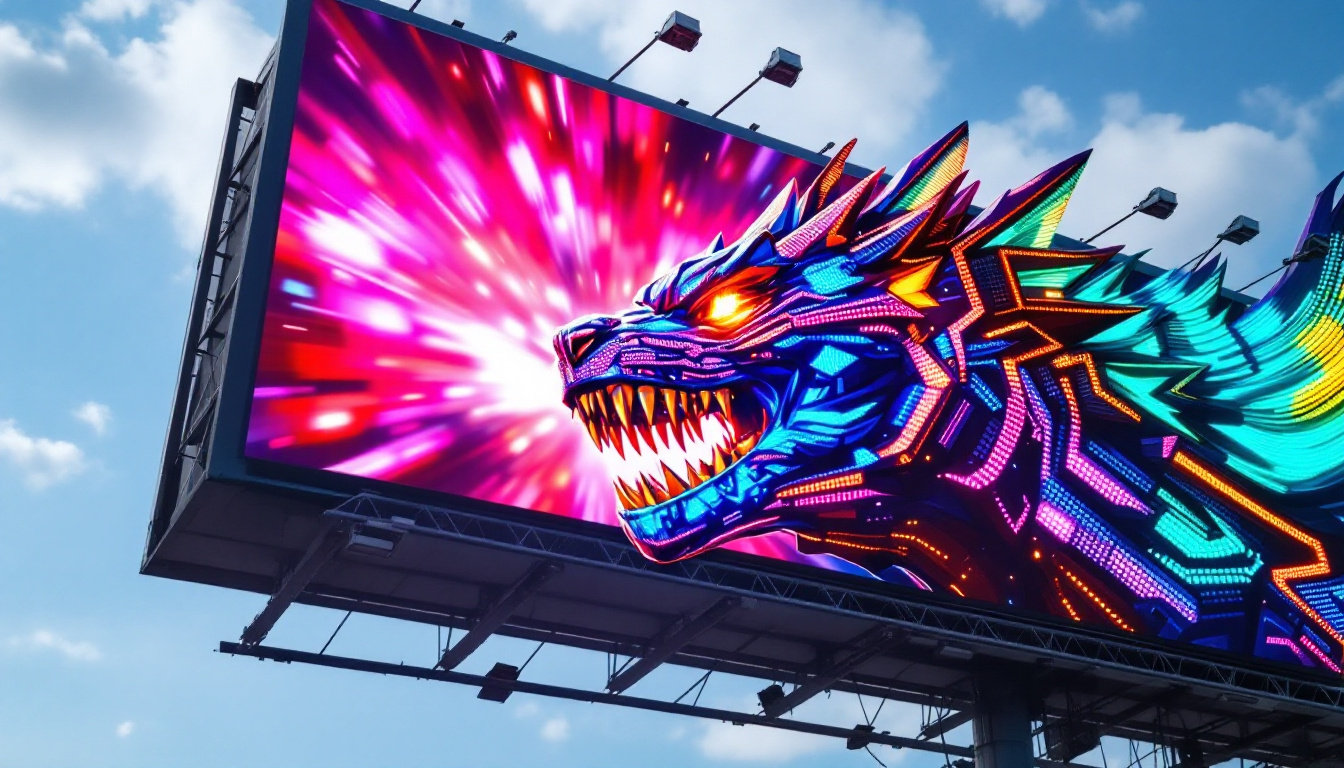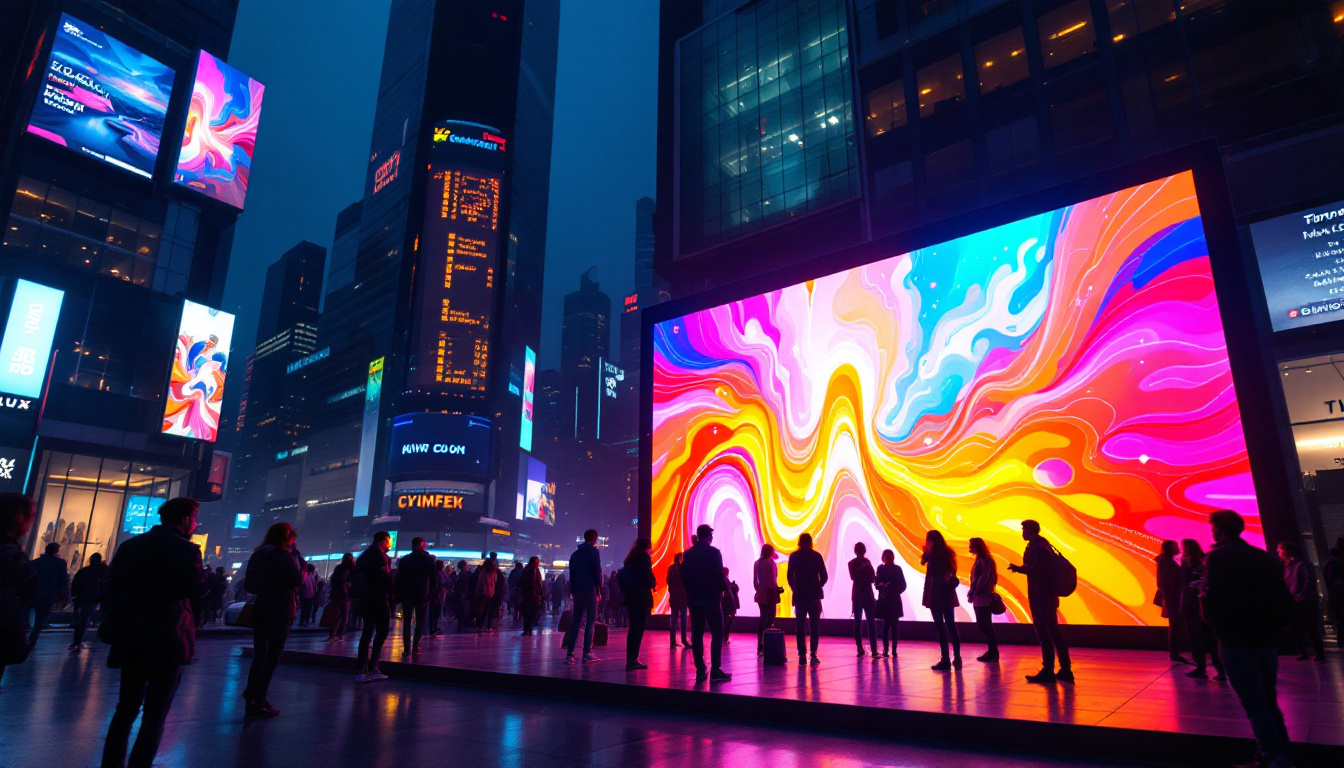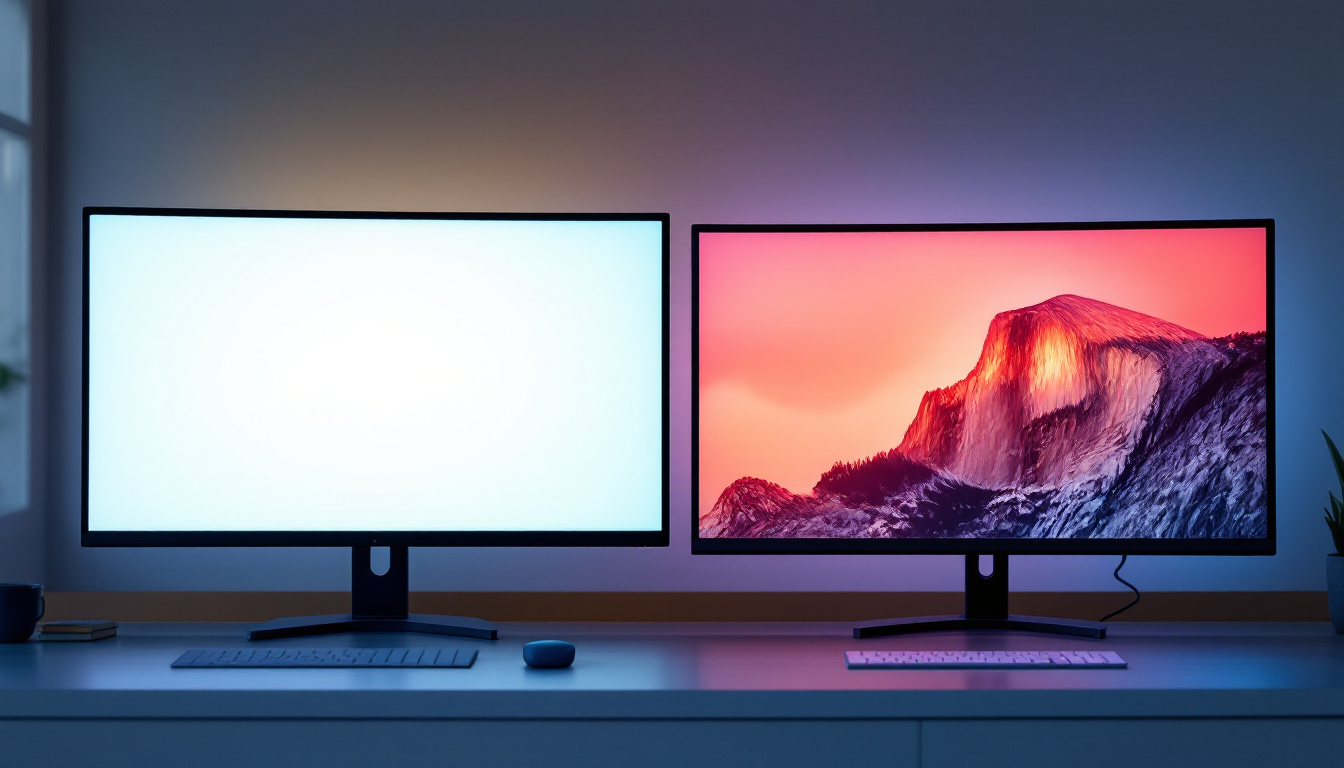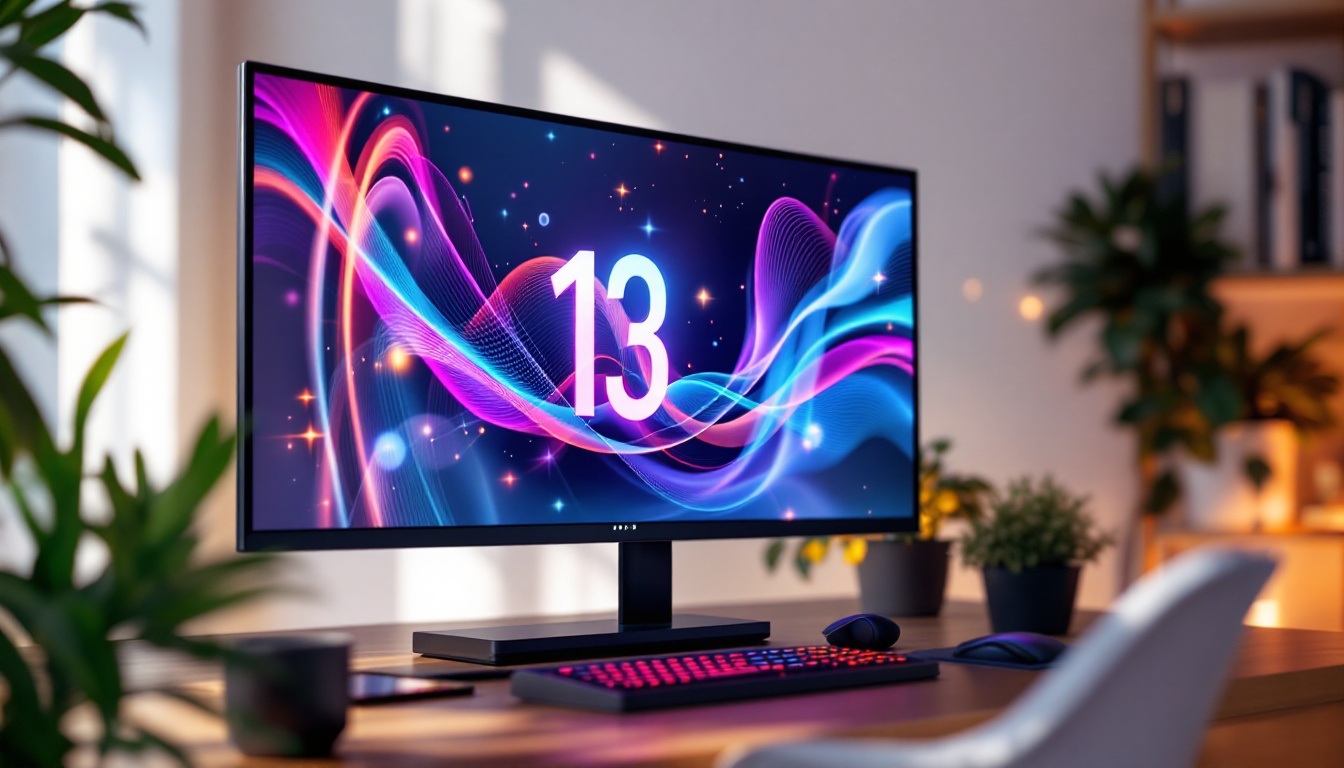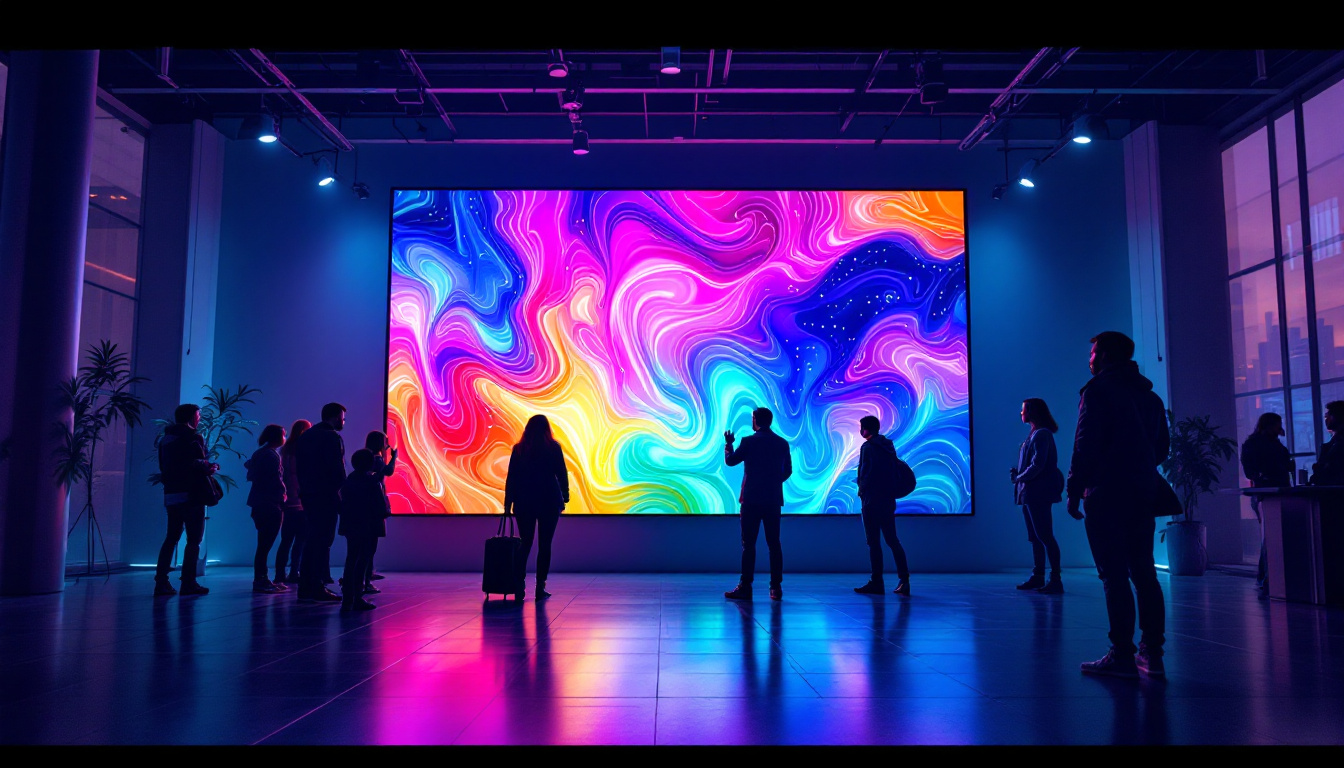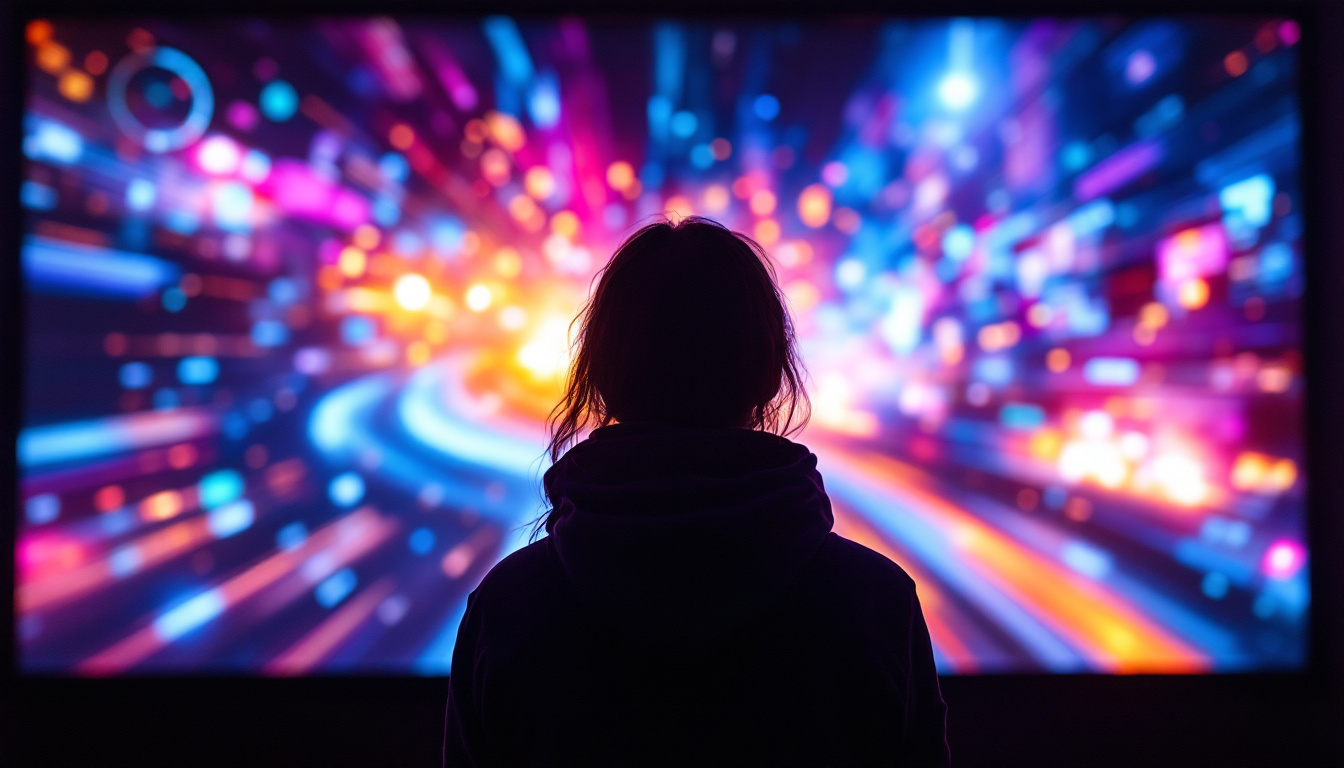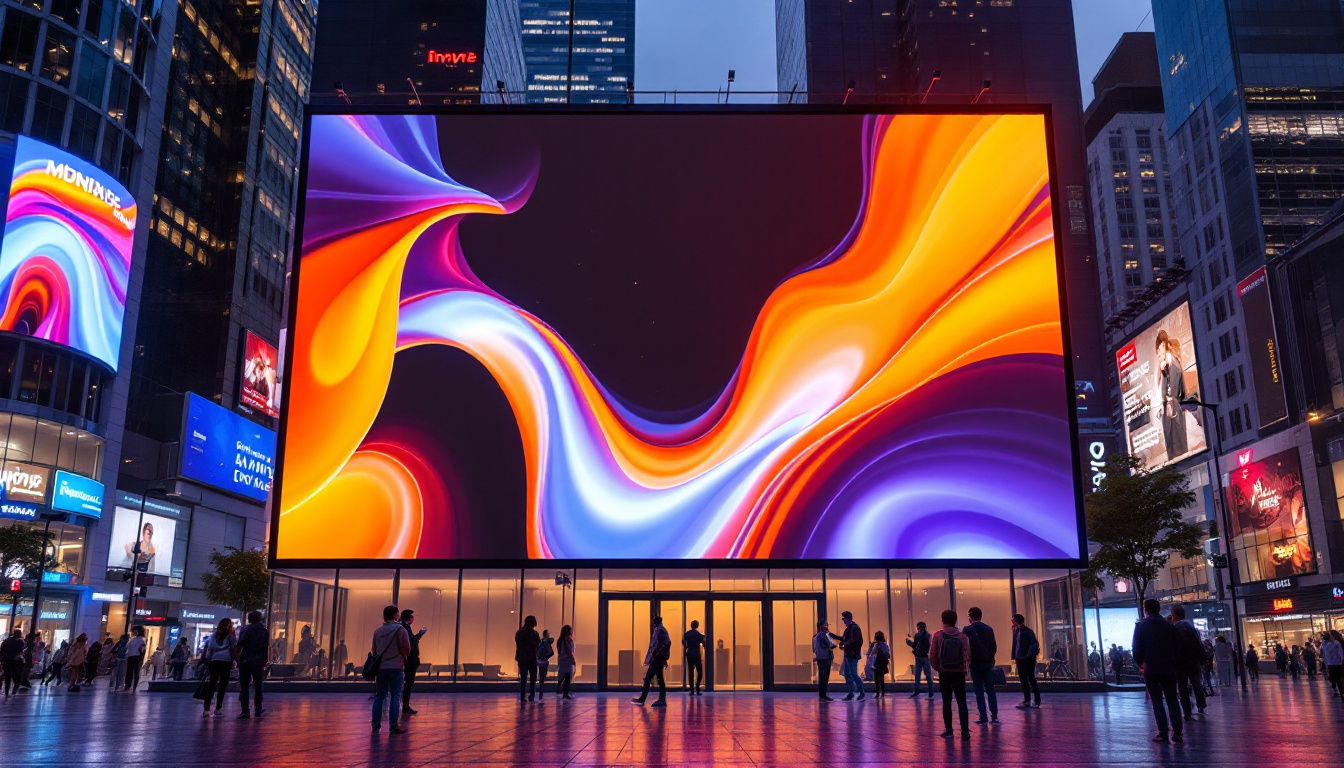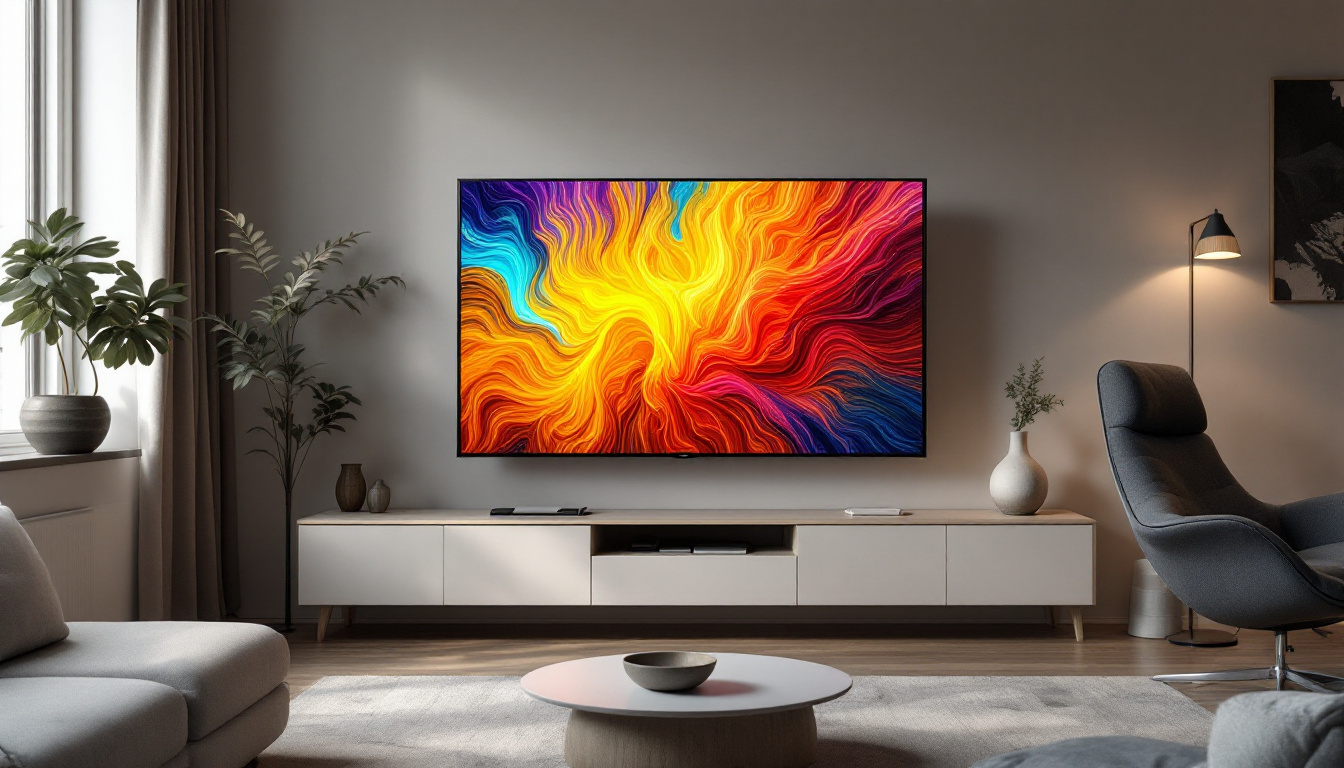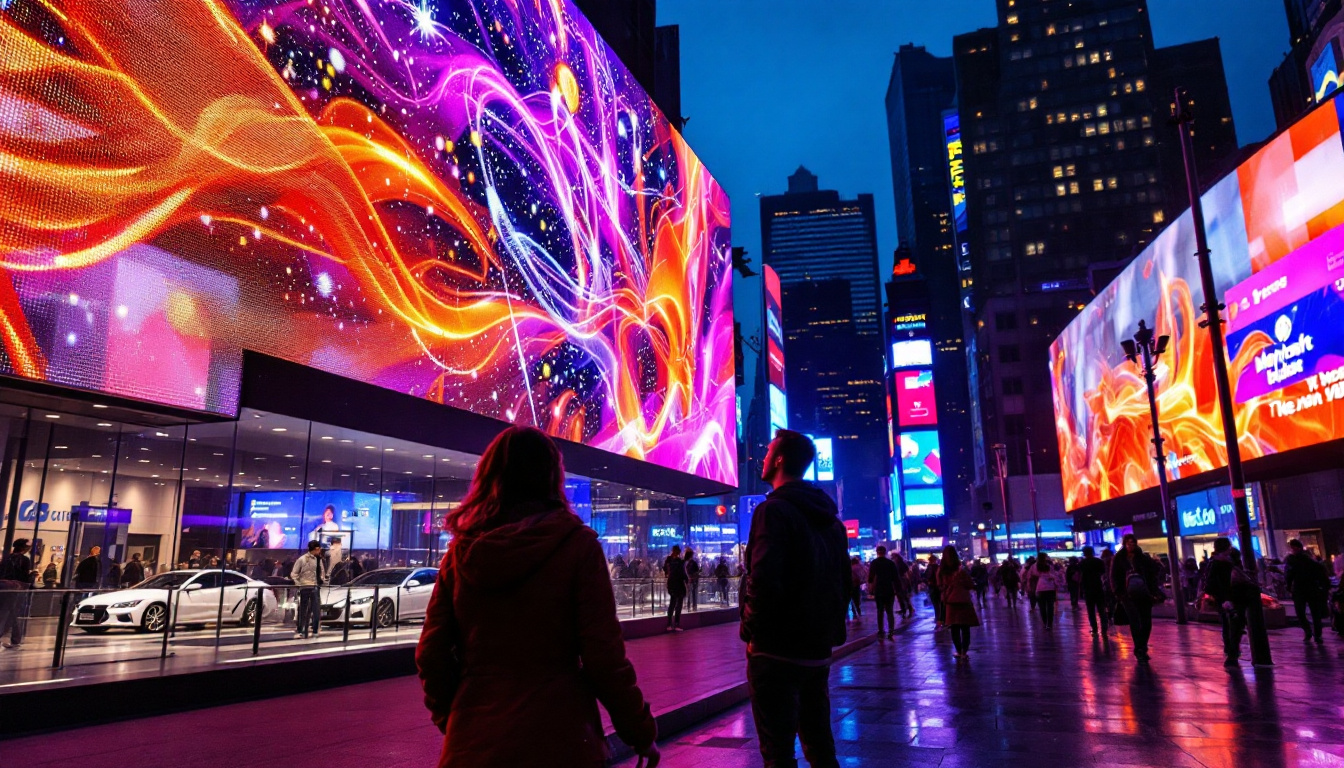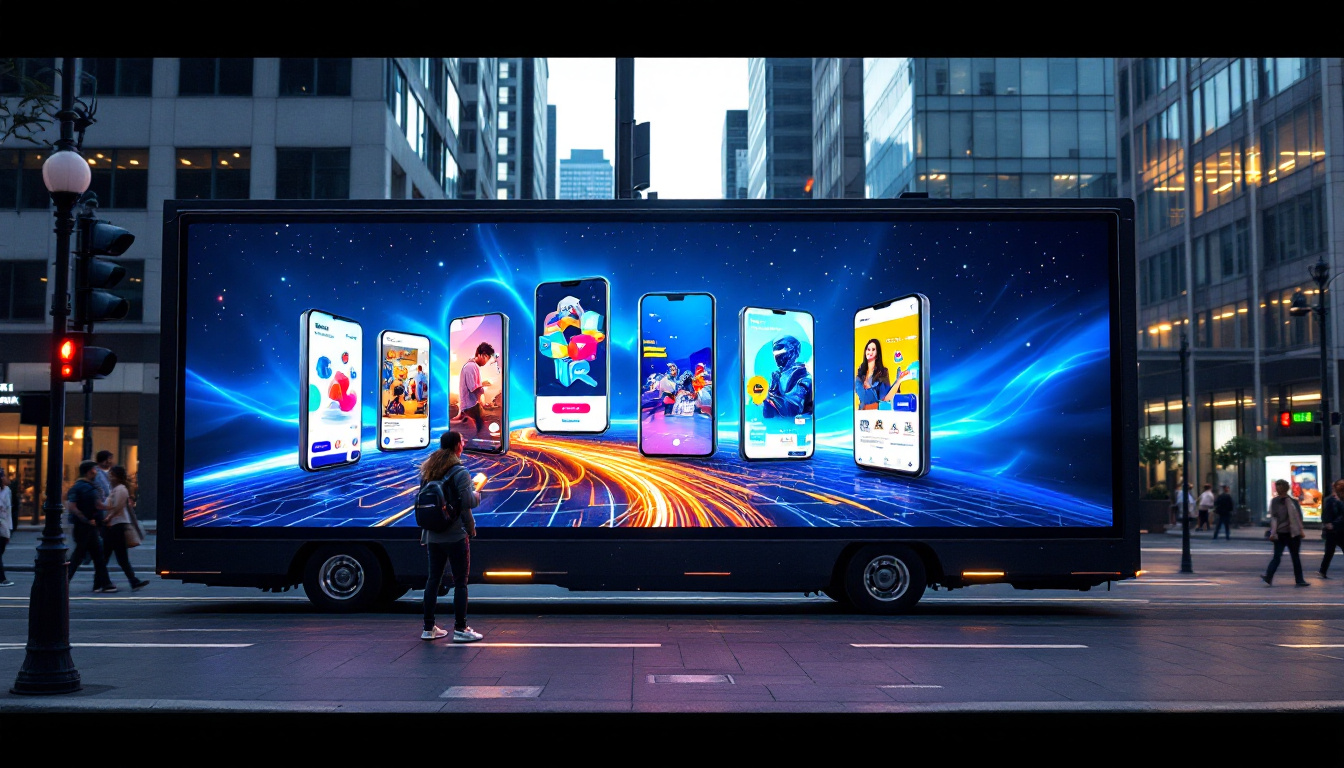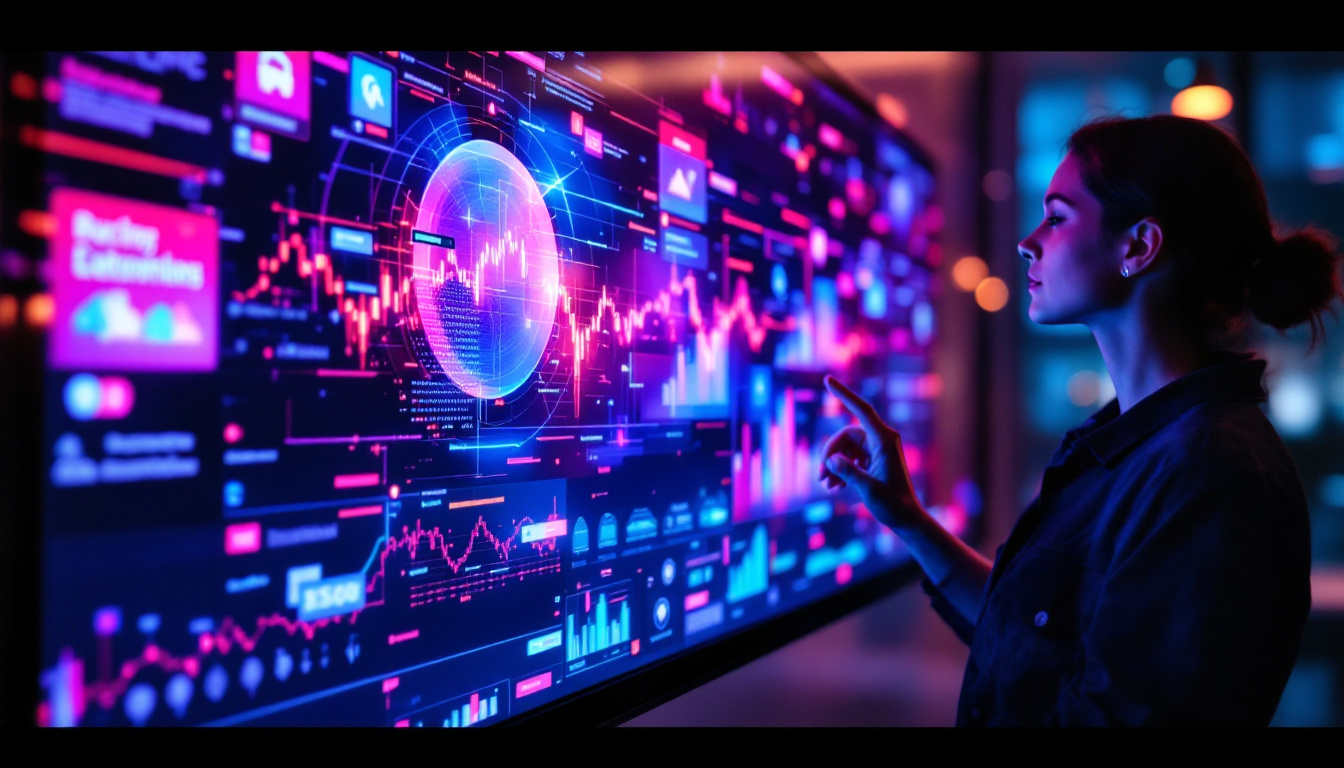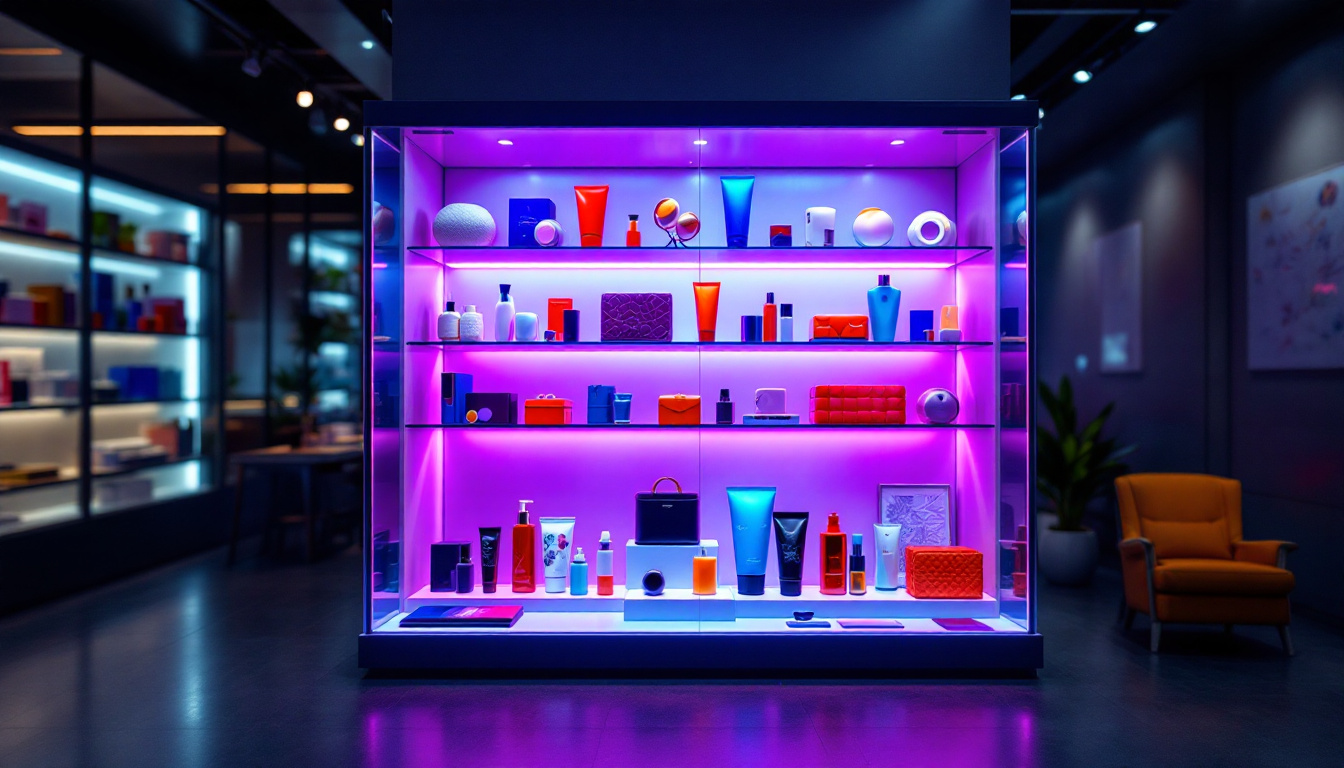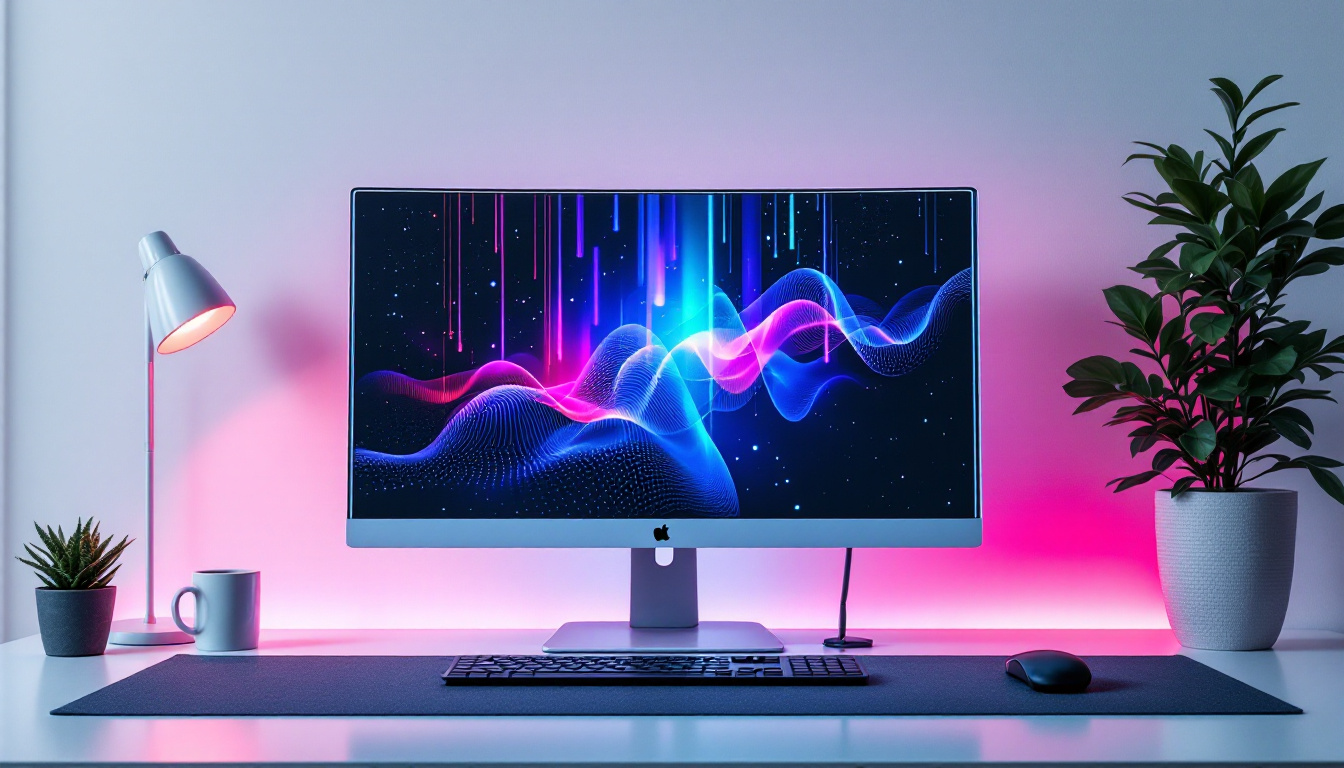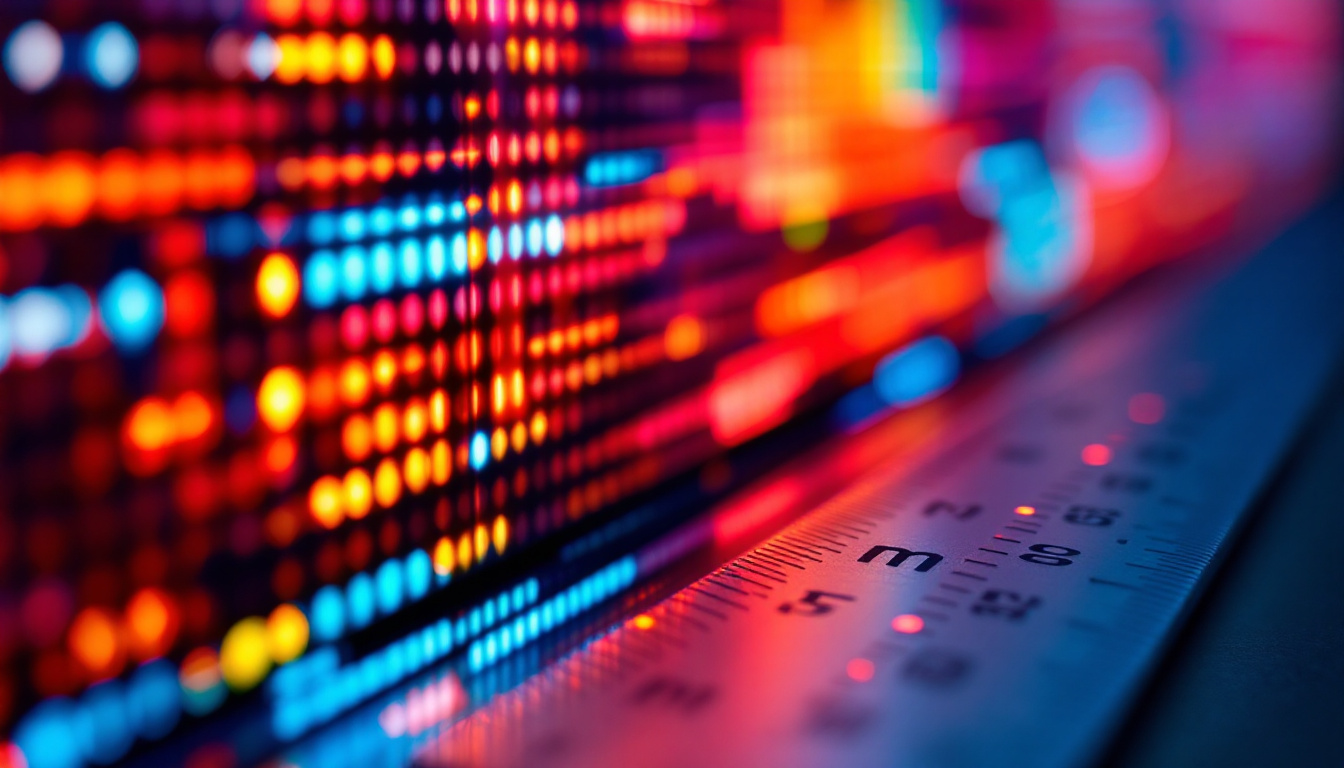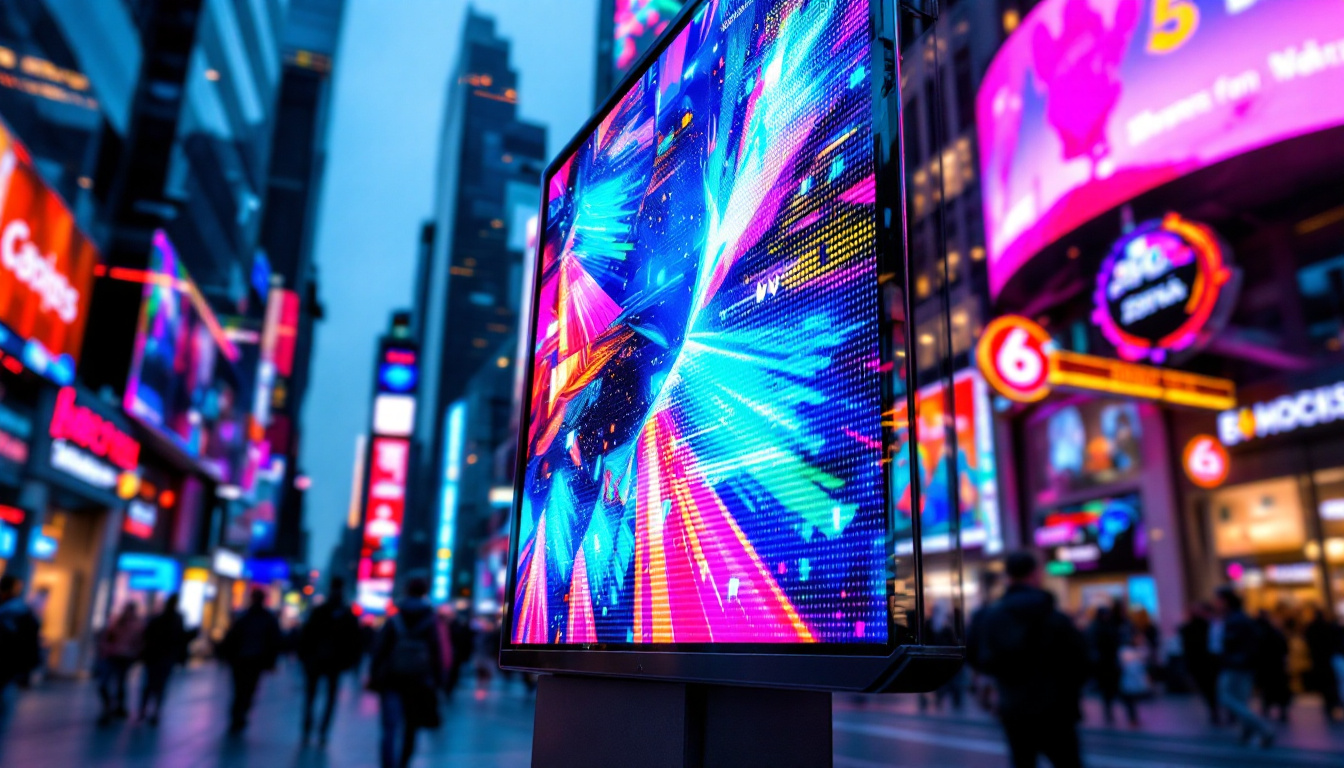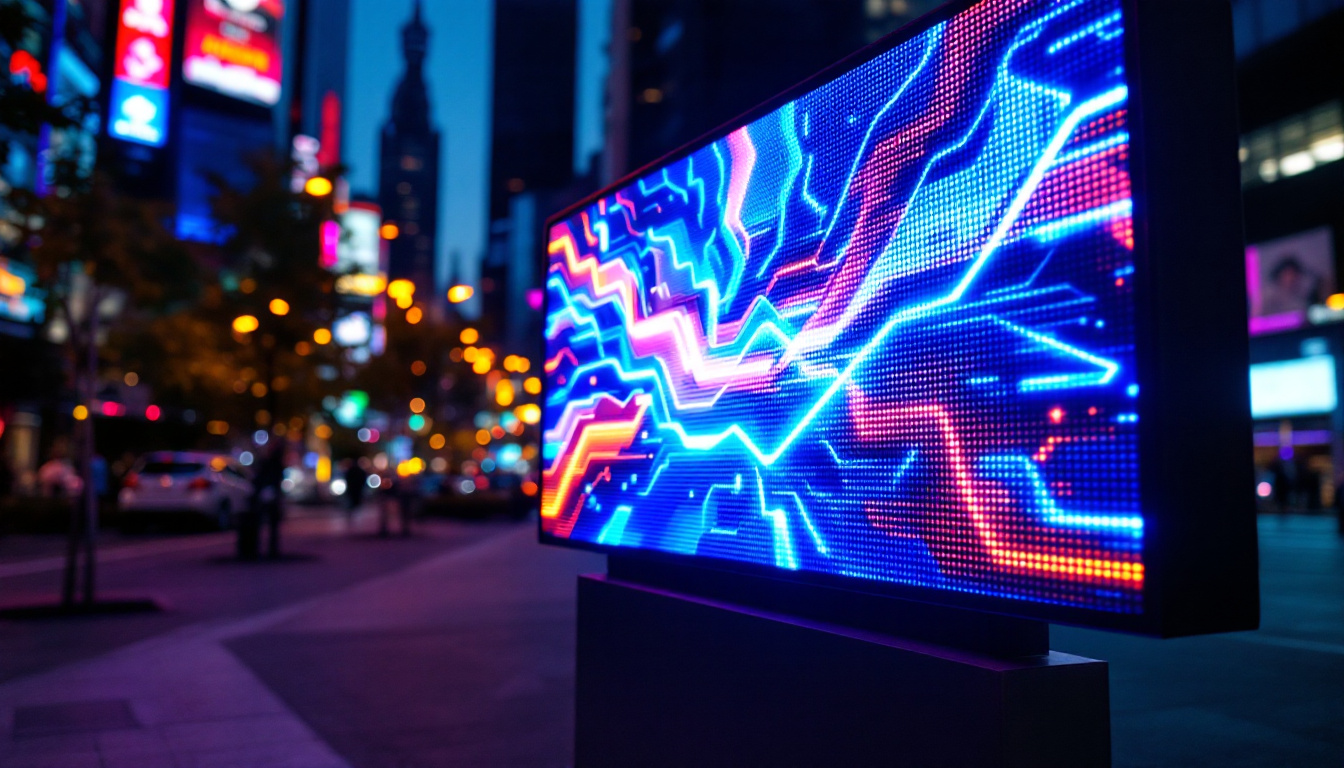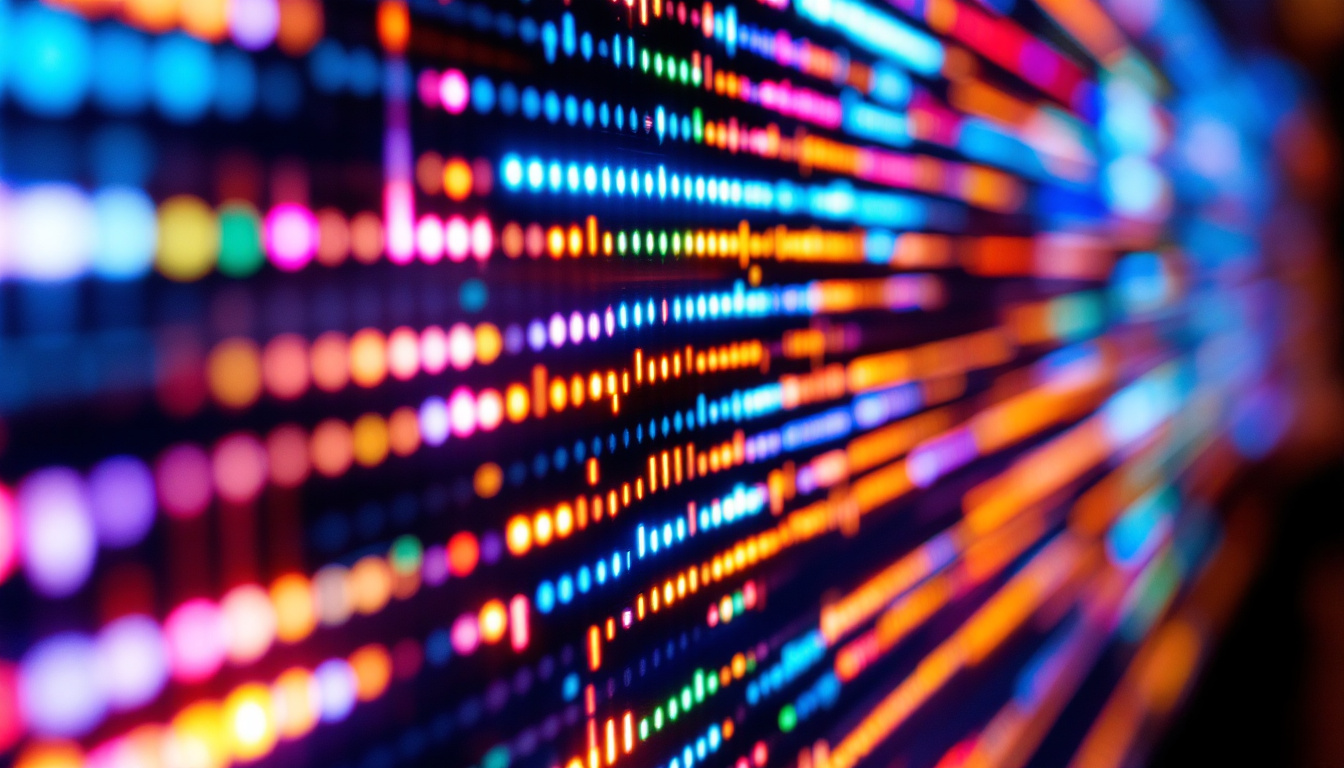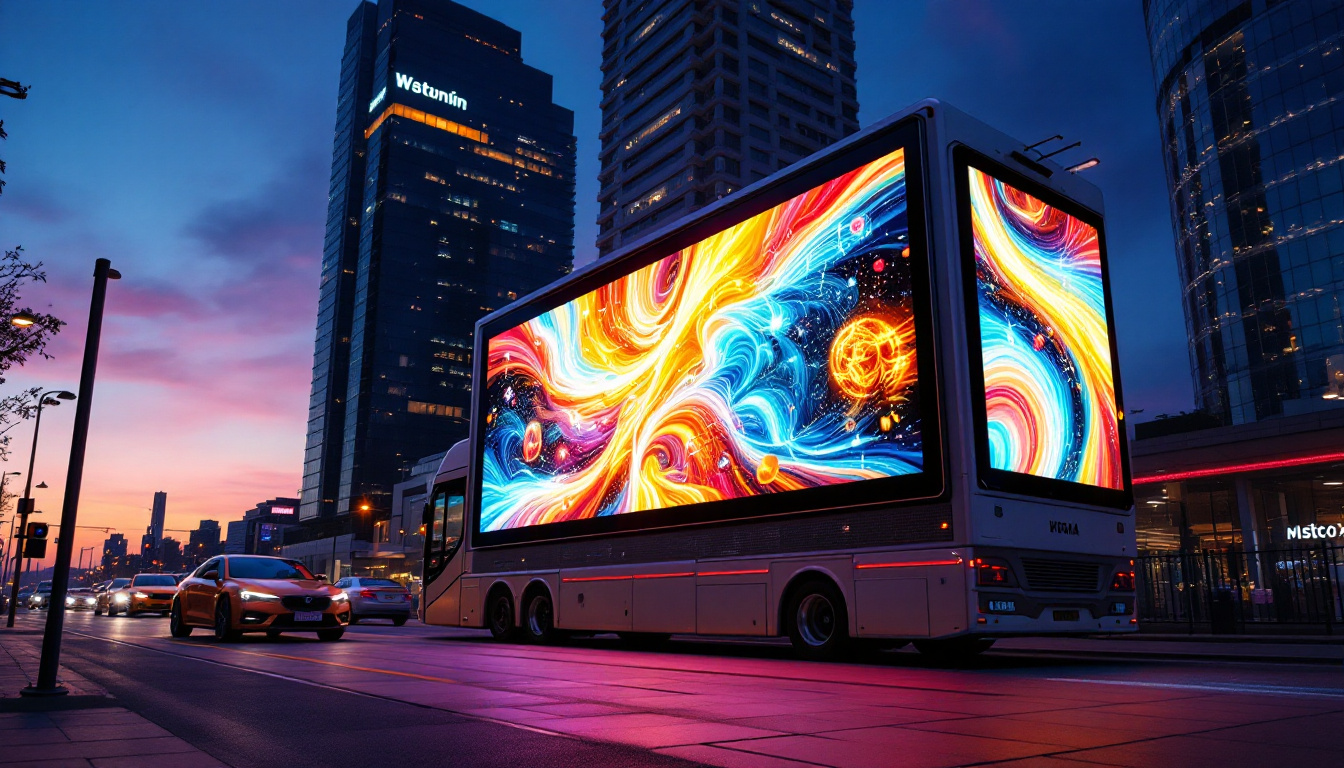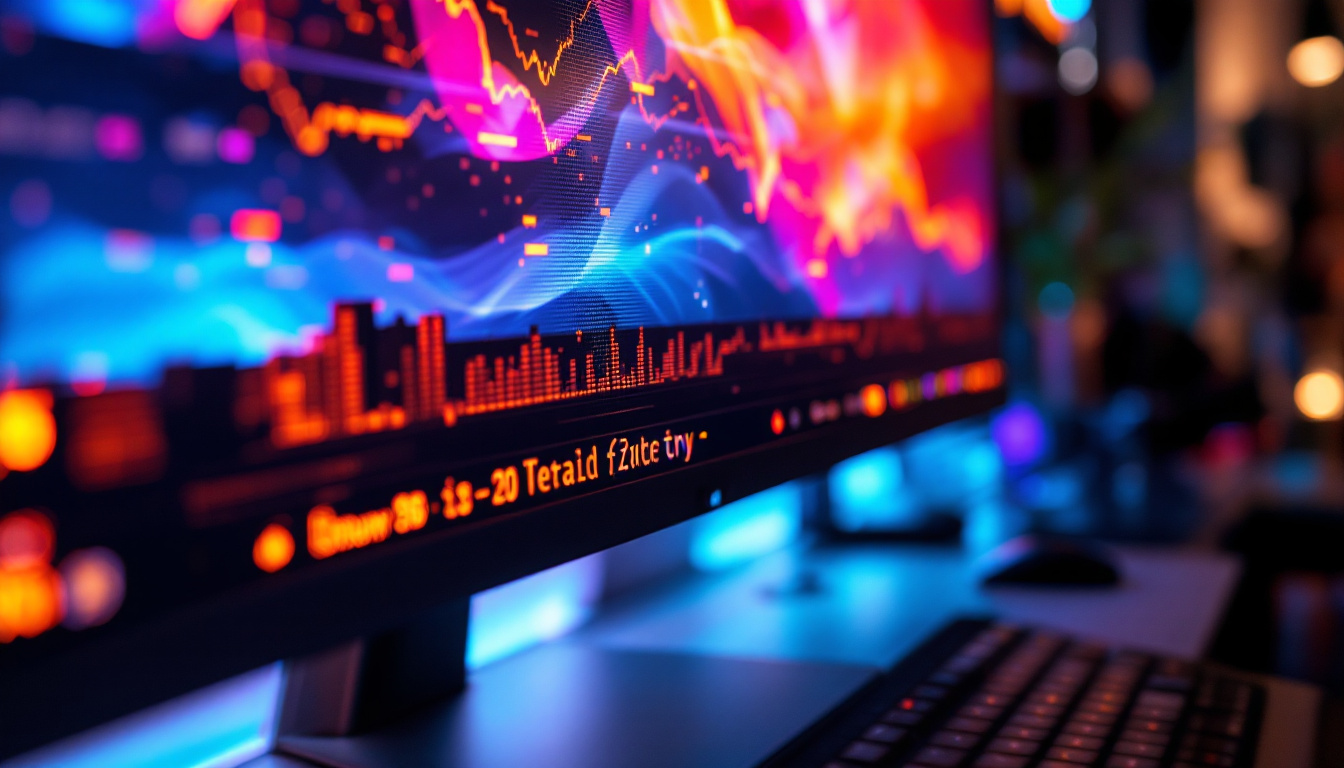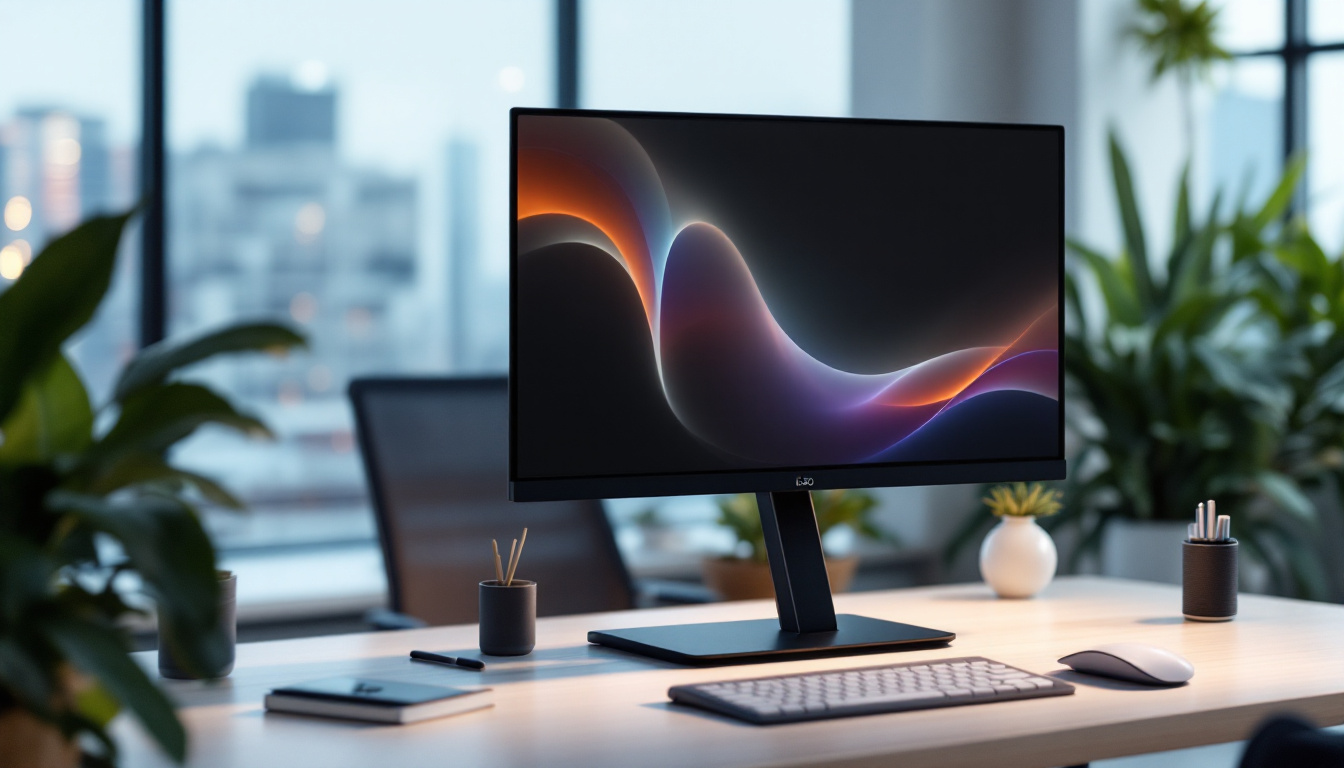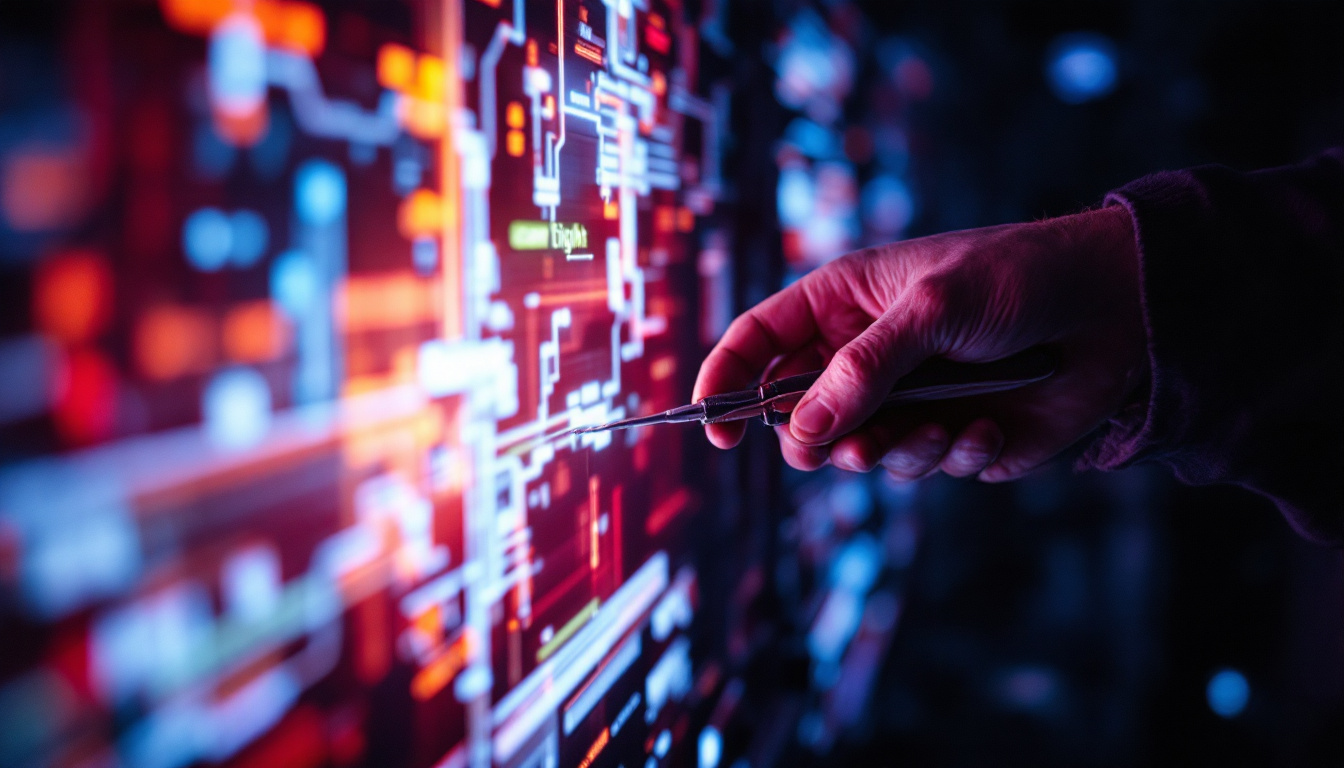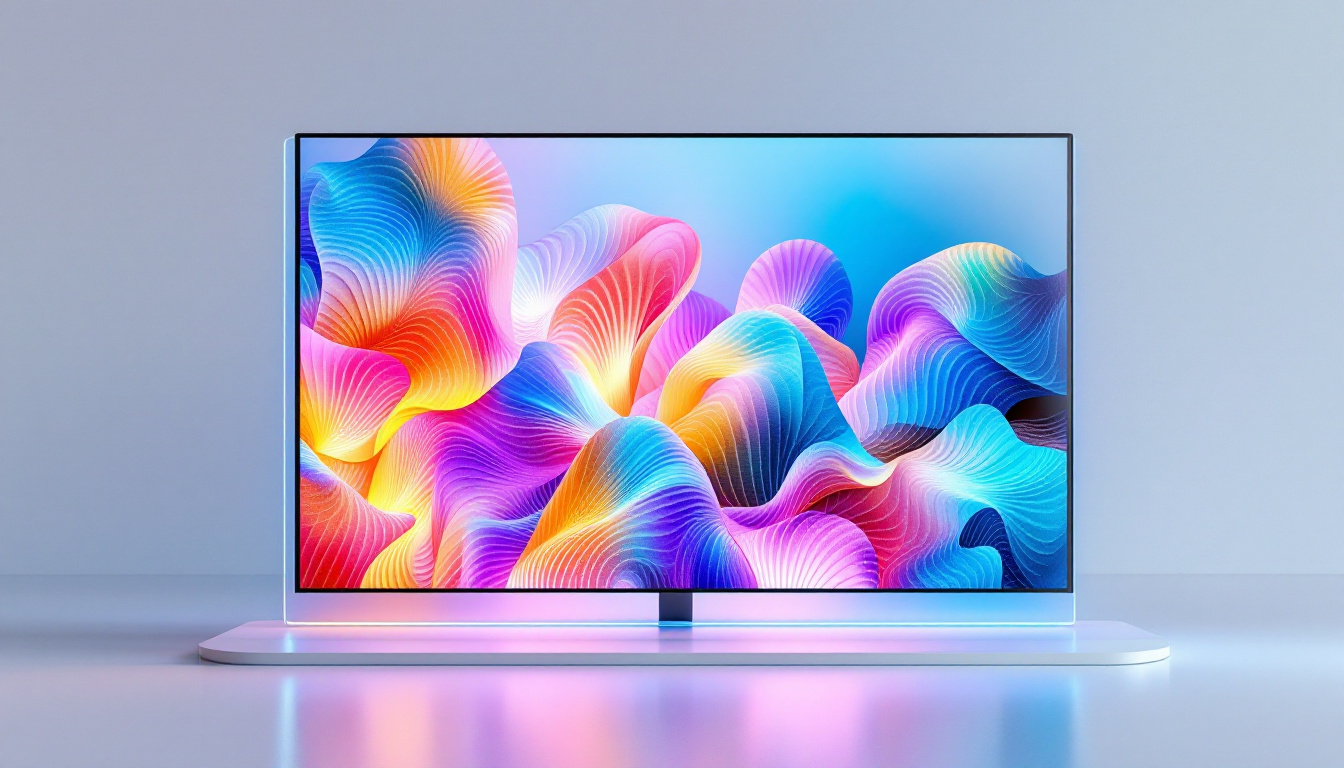In the world of modern technology, LED displays have become an integral part of our daily lives. From smartphones to large-scale billboards, the versatility and efficiency of LED technology are undeniable. This article delves into the concept of refresh rates in LED displays, exploring what they are, why they matter, and how they impact the viewing experience.
Understanding LED Displays
LED, or Light Emitting Diode, displays utilize semiconductor technology to produce light. They are known for their brightness, energy efficiency, and longevity compared to traditional display technologies like LCD and CRT. LED displays can be found in various formats, including televisions, computer monitors, and digital signage.
The Basics of LED Technology
At the core of LED technology is the diode, a component that emits light when an electric current passes through it. This process is known as electroluminescence. The color of the light emitted depends on the materials used in the diode. By combining red, green, and blue LEDs, displays can produce a wide spectrum of colors, allowing for vibrant and dynamic visuals. This color mixing is crucial for creating realistic images and videos, making LED displays a popular choice for everything from home entertainment systems to professional broadcasting.
Moreover, the advancements in LED technology have led to the development of smart displays that can adjust brightness and color temperature based on ambient light conditions. This not only enhances the viewing experience but also contributes to energy savings, as the display can reduce power consumption in well-lit environments. Additionally, the lifespan of LED displays can reach up to 100,000 hours, significantly outlasting traditional display technologies, making them a cost-effective choice in the long run.
Types of LED Displays
There are several types of LED displays, each suited for different applications. The most common types include:
- Direct View LED: Often used in large outdoor displays and billboards, these screens consist of individual LED modules that can be arranged to form a larger image. Their high brightness levels make them ideal for visibility in direct sunlight, and they are commonly seen in sports arenas and concert venues.
- LED-backlit LCD: These displays use LEDs to illuminate an LCD panel. They offer better contrast and color accuracy than traditional LCDs. This technology is prevalent in modern televisions and monitors, providing a balance between performance and cost.
- Organic LED (OLED): A newer technology that uses organic compounds to emit light. OLED displays are known for their deep blacks and wide viewing angles. Unlike traditional LED displays, each pixel in an OLED screen can turn on and off independently, resulting in stunning picture quality and energy efficiency.
In addition to these types, there are also specialized LED displays designed for niche applications, such as flexible LED screens that can be bent and shaped to fit unique spaces, or transparent LED displays that allow for creative advertising solutions without obstructing views. These innovations continue to push the boundaries of what is possible with display technology, making LED displays an exciting area of development in both consumer and commercial markets.
What is Refresh Rate?
The refresh rate of a display refers to how many times per second the image on the screen is updated. Measured in hertz (Hz), a higher refresh rate indicates a smoother visual experience. For example, a display with a refresh rate of 60 Hz updates the image 60 times per second, while a 120 Hz display does so 120 times per second. This metric is particularly significant in our increasingly digital world, where the demand for high-quality visuals is at an all-time high, driven by advancements in technology and consumer expectations.
Importance of Refresh Rate
Refresh rate plays a crucial role in determining the quality of the viewing experience. A higher refresh rate can lead to smoother motion, reducing blurring and ghosting effects, particularly in fast-paced content such as video games or action movies. This is especially important for competitive gaming, where every millisecond counts. Moreover, a higher refresh rate can also reduce eye strain during prolonged viewing sessions, as the smoother transitions can be easier on the eyes, making it a vital consideration for both gamers and casual viewers alike.
Common Refresh Rates in LED Displays
LED displays typically come with various refresh rates, including:
- 60 Hz: The standard refresh rate for most televisions and monitors, suitable for everyday viewing.
- 120 Hz: Common in high-end televisions and gaming monitors, providing a smoother experience for fast-moving content.
- 240 Hz and above: Often found in specialized gaming monitors, these refresh rates can significantly enhance the gaming experience.
In addition to these common refresh rates, some displays utilize advanced technologies like variable refresh rate (VRR) and adaptive sync, which dynamically adjust the refresh rate to match the frame rate output of the content being displayed. This can further enhance the viewing experience by minimizing screen tearing and stuttering, particularly in gaming scenarios where frame rates can fluctuate dramatically. As the demand for immersive experiences continues to grow, manufacturers are innovating to provide displays that not only meet but exceed expectations, making refresh rate an essential factor in the evolution of display technology.
How Refresh Rate Affects Performance
The refresh rate of an LED display can significantly impact its performance and the overall user experience. Understanding how it works can help consumers make informed decisions when purchasing a display.
Motion Clarity and Smoothness
A higher refresh rate enhances motion clarity, making fast-moving objects appear smoother and more defined. This is particularly beneficial in sports broadcasts, action films, and video games, where rapid movements are common. A display with a lower refresh rate may struggle to keep up with fast action, resulting in motion blur and a less enjoyable viewing experience.
Input Lag and Gaming
For gamers, refresh rate is not just about visual smoothness; it also affects input lag. Input lag is the delay between a user’s action (like pressing a button) and the corresponding reaction on the screen. A higher refresh rate can reduce input lag, providing a more responsive gaming experience. This is why many competitive gamers prefer monitors with refresh rates of 120 Hz or higher.
Factors Influencing Refresh Rate
While refresh rate is a critical aspect of display performance, several factors can influence it. Understanding these factors can help users optimize their viewing experience.
Source Material
The refresh rate of the content being displayed can impact the overall experience. For instance, if a video is recorded at 30 frames per second (fps), a 60 Hz display will show each frame twice, while a 120 Hz display may create additional frames through interpolation. This can lead to smoother motion but may also introduce artifacts if not done correctly.
Display Technology
Different display technologies handle refresh rates differently. For example, OLED displays can achieve higher refresh rates with less power consumption compared to traditional LCDs. Additionally, the quality of the display driver and processing technology can also affect how well a display can handle higher refresh rates.
Choosing the Right Refresh Rate
When selecting an LED display, it is essential to consider the intended use and the importance of refresh rate in that context. Different applications may require different refresh rates for optimal performance.
For General Use
For everyday activities such as browsing the web, watching videos, or working on documents, a refresh rate of 60 Hz is generally sufficient. Most modern displays offer this refresh rate, providing a good balance between performance and cost.
For Gaming
Gamers, on the other hand, should consider displays with refresh rates of at least 120 Hz. This ensures smoother gameplay and a more responsive experience. Additionally, features like variable refresh rate (VRR) technologies, such as NVIDIA G-Sync or AMD FreeSync, can further enhance gaming performance by synchronizing the display’s refresh rate with the graphics card’s output.
For Professional Use
Professionals working in fields such as video editing or graphic design may benefit from displays with higher refresh rates. These displays can provide smoother playback and more accurate color representation, making it easier to work on high-resolution projects.
Future of Refresh Rates in LED Displays
As technology continues to evolve, the future of refresh rates in LED displays looks promising. Innovations in display technology are paving the way for even higher refresh rates and improved performance.
Advancements in Display Technology
Emerging technologies, such as microLED and miniLED, are set to revolutionize the display industry. These technologies promise to deliver better brightness, contrast, and energy efficiency, along with higher refresh rates. As these technologies become more mainstream, consumers can expect to see displays that not only refresh faster but also offer superior image quality.
Integration with Virtual Reality
With the rise of virtual reality (VR) and augmented reality (AR), the demand for high refresh rates is more critical than ever. VR headsets require refresh rates of at least 90 Hz to provide a comfortable experience and reduce motion sickness. As VR technology advances, displays will need to keep pace to ensure a seamless and immersive experience.
Conclusion
Refresh rates are a vital aspect of LED displays that significantly impact the viewing experience. Understanding the importance of refresh rates can help consumers make informed decisions when selecting a display for their needs. Whether for gaming, professional use, or everyday activities, the right refresh rate can enhance clarity, reduce motion blur, and improve overall performance.
As technology continues to advance, the future of LED displays looks bright, with innovations promising even higher refresh rates and improved performance. Keeping an eye on these developments will be essential for anyone looking to stay ahead in the ever-evolving world of display technology.
Explore Cutting-Edge LED Displays with LumenMatrix
Ready to elevate your visual experience with the latest in LED display technology? LumenMatrix is at the forefront of innovation, offering a wide array of LED display solutions tailored to your needs. From captivating Indoor LED Walls to dynamic Outdoor LED Displays, and from versatile Vehicle LED Displays to sleek LED Poster Displays, our products are designed to revolutionize visual communication. Discover how our LED Sports Displays, Floor LED Displays, Custom LED Displays, All-in-One LED Displays, and LED Transparent Displays can enhance engagement and bring your brand to life. Check out LumenMatrix LED Display Solutions today and step into the future of digital signage.

